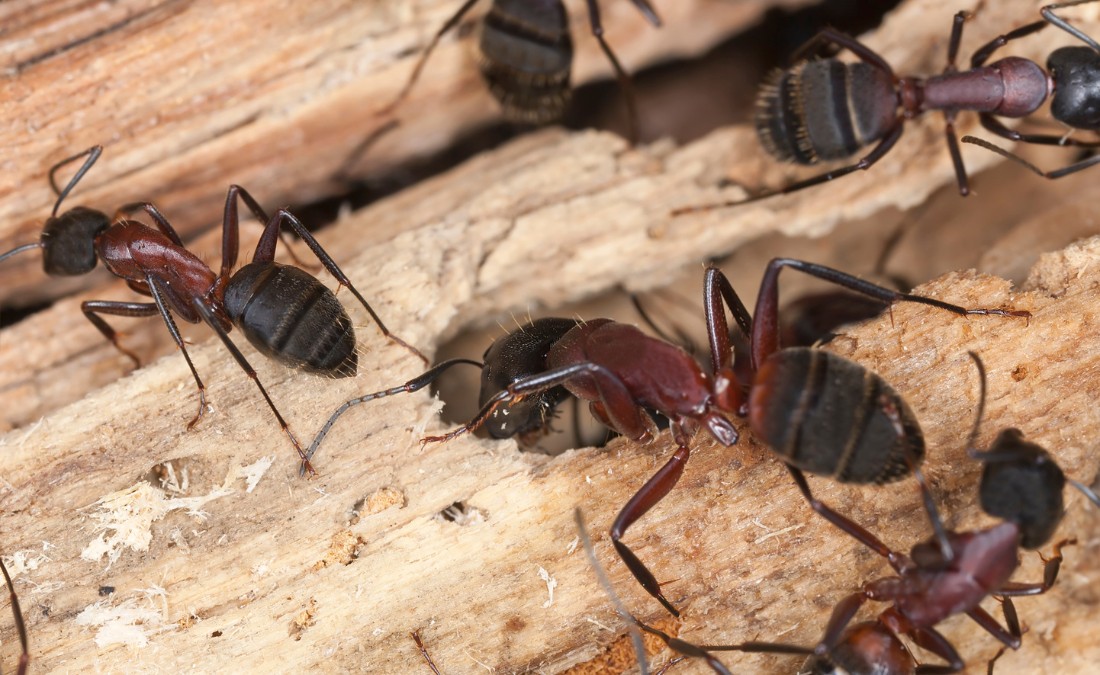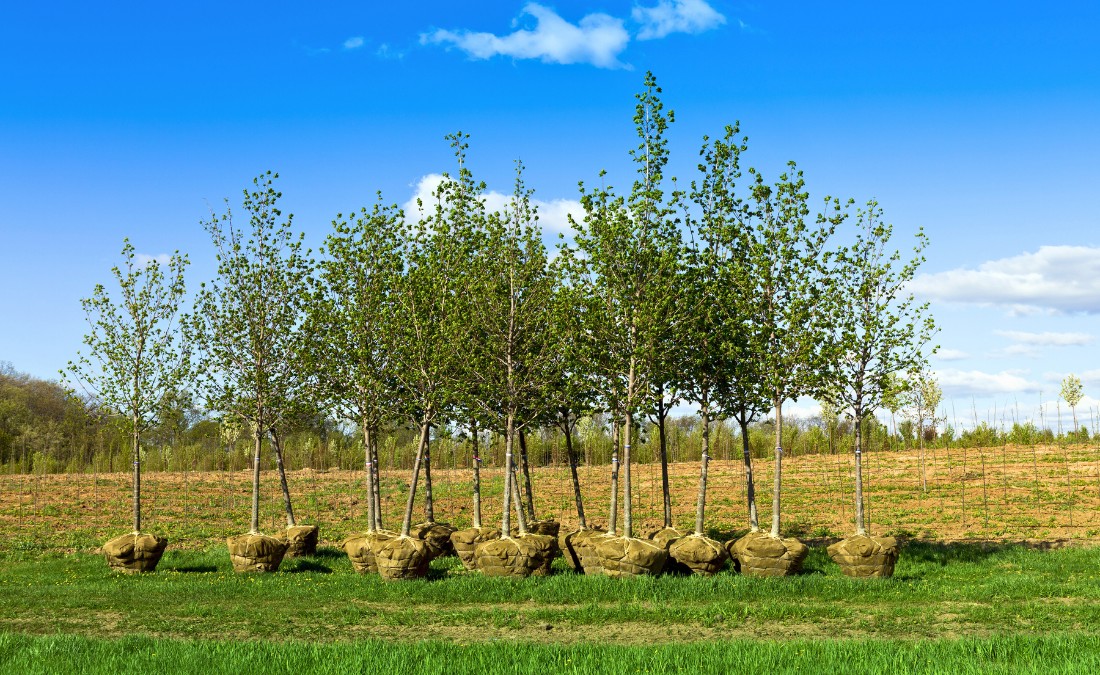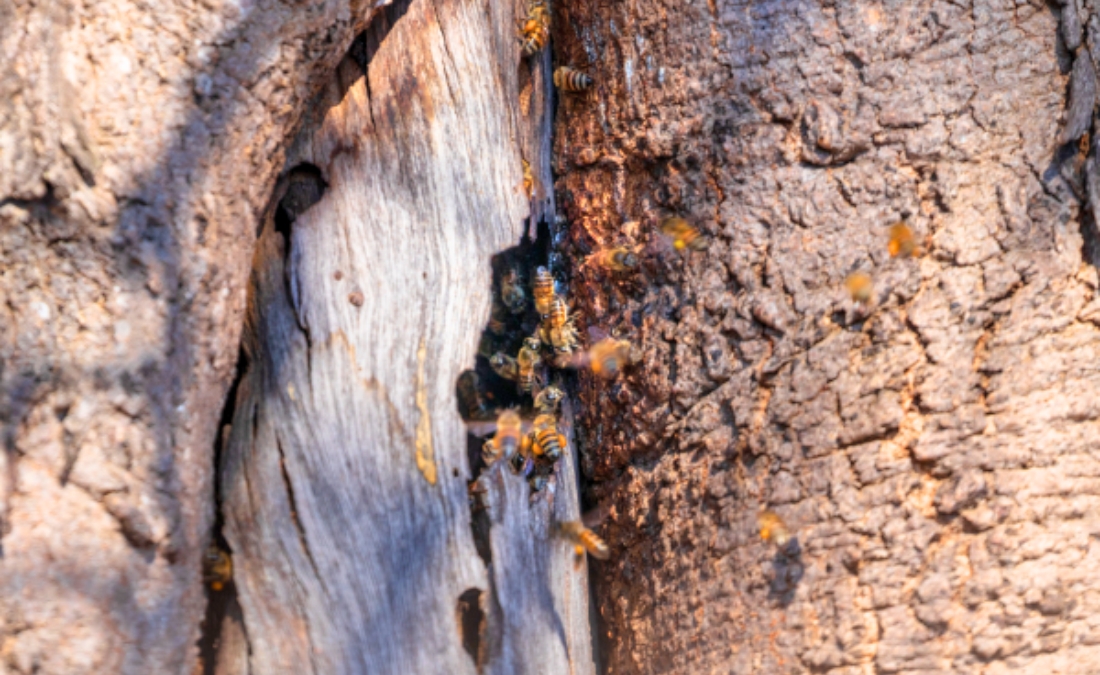Evergreen Trees for Midwest Landscapes: Broadleaf vs. Needle Varieties

Discover the diverse world of evergreen trees – from broadleaf to needle varieties. Learn how these resilient trees adorn landscapes and enrich ecosystems. Get expert insights on choosing, nurturing and caring for evergreens.
Evergreen trees, with their ability to retain foliage throughout the year, play a crucial role in landscaping and nature. The world of evergreens can be broadly categorized into two main types: broadleaf evergreens and needle evergreens, each with distinctive features and ecological significance. Understanding and appreciating the diversity of evergreens within the world is key to harnessing their full potential.
What is an Evergreen Tree?
At its core, an evergreen tree is characterized by its remarkable ability to retain leaves or needles throughout the year. While deciduous trees shed their leaves in response to seasonal changes, evergreens maintain their greenery, providing a constant and reassuring presence in the natural world. This distinctive trait is a testament to their adaptability and resilience in the face of environmental fluctuations.
How Evergreens Keep Their Leaves
Evergreen trees are different from those that lose their leaves because they’ve found unique ways to deal with a broad range of weather conditions.
Here’s how:
- Needle-like Leaves: Trees like pines and spruces have needle-like leaves that retain water in arid climates and drought conditions.
- Flat Leaves: Other evergreens have big, flat leaves specially designed to handle tough environments.
- Photosynthesis: Evergreen trees keep making food through photosynthesis all year long, although at a much lower rate in winter.
- Chlorophyll: This is the green pigment in leaves that helps trees turn sunlight into energy. Even in winter, evergreens keep their chlorophyll active.
Benefits of Evergreens
Evergreen trees do more than just look nice – they play a big part in how our surroundings appear. Here are just a few of the many benefits of evergreen trees:
- They bring color and texture year-round, making them architectural in gardens, parks, and landscapes. Their calming green background makes things feel steady and lasting.
- From a nature point of view, evergreens are homes and food for many animals. Birds find safe spots in the branches, and other creatures use the needles or leaves for nests and protection.
- Evergreens contribute to soil health by preventing erosion and enriching the ground with organic matter as their needles or leaves decompose.

Types of Evergreens
Broadleaf Evergreens
Broadleaf evergreens, like holly and some magnolia trees, have various leaves that come in different shapes, sizes and textures. The leaves can be smooth and shiny or have a textured feel. This diversity makes these evergreens interesting and great for designing beautiful gardens.
Here are some notable examples:
- Holly (Ilex): Renowned for its glossy, prickly leaves and festive red berries, holly is a versatile choice adaptable to both temperate and subtropical regions. It is frequently used in holiday decorations and serves as a year-round greenery option for hedges and garden focal points.
- Southern Magnolia (Magnolia grandiflora): This evergreen variety is characterized by large, glossy leaves and captivating, fragrant flowers that stand as iconic features in southern landscapes, adding a touch of elegance and charm to any setting. Thriving in temperate climates with mild winters, magnolias are often selected as specimen trees, enhancing the formality of garden designs.
- Rhododendron: These evergreen shrubs with vibrant, bell-shaped flowers and leathery leaves showcase adaptability to various climates, finding a place in woodland gardens and contributing colorful allure to shaded areas.
- Leatherleaf Viburnum: This shrub, which thrives in shade, is often used as a hedge but is occasionally pruned into a tree form. It retains its fall-blooming clusters of white, leathery and matte leaves, which adds seasonal interest to any garden.

Needle Evergreens
The most noticeable aspect of needle evergreens is their slender and pointed foliage. These trees, including pines and spruces, keep their needles all year round, giving a constant green look to the landscape.
Some well-known needle evergreens include both tree and shrub forms:
- Pine: Easily recognized by their long, slender needles grouped in bundles of two to five. Pine trees are known for their distinctive cones that house seeds.
- Spruce: These trees boast short, sharp needles attached individually to the branches. Their cones are pendulous and add to the tree’s ornamental appeal.
- Fir: Feature soft, flat needles that radiate from the branches. Their cones stand upright on the branches and are often disintegrated by the time seeds are released.
Some needle evergreens, especially native versions planted in natural growing conditions, can showcase remarkable resilience. Their needle-like leaves are adapted to conserve water, making them well-suited for colder environments. Additionally, they play a crucial role in providing shelter for wildlife. The dense branches and evergreen foliage create havens for birds and small mammals, offering protection from predators and harsh weather conditions.
Choosing the Right Evergreen Tree
By aligning your landscaping needs with the geographical realities of your location, you can ensure a harmonious and thriving presence of evergreens in your outdoor spaces. Whether creating a vibrant garden or enhancing the natural beauty of your surroundings, the right choice of evergreen can truly transform and elevate the landscape.
Here are some things to consider when deciding on which evergreen is best for your yard:
- Climate Compatibility: Determine your climate zone and soil conditions. Some landscapes have protected “microclimates” with little wind and extra sun in winter, allowing you to bend the rules a little. When choosing trees, you can find species that match your conditions.
- Aesthetic Preferences: Consider the visual appeal you want to achieve. Broadleaf evergreens offer diverse leaf shapes and textures, bringing a rich and varied look to landscapes. Needle evergreens, with their classic conical shape and evergreen foliage, provide a more uniform and timeless appearance.
- Space and Purpose: Evaluate the available space and the purpose of planting. Consider height and width at maturity if you need a privacy screen or windbreak. Smaller spaces may warrant more intriguing, ornamental forms such as a weeping species. Lower-growing evergreens like rhododendrons may be more suitable if you don’t want to block a view.
- Soil and Sunlight: Take note of the soil conditions and the level of maintenance you can commit to. Consider the growth rate of the tree you’re considering if you want privacy. Most evergreens prefer full sun for optimal, dense growth. If you have a part sun/shade area, it limits your options. Leatherleaf viburnum can thrive in the shade better than most evergreens.
- Local Flora: Consider the local flora and biodiversity. Select evergreens that complement the existing vegetation and contribute positively to the local ecosystem by providing habitats and food for wildlife.
Caring for Evergreens
By following these care tips, you’ll not only maintain the health of your evergreens but also ensure their resilience and longevity in your landscape:
- Watering: To keep evergreens healthy, it’s important to water regularly, especially during dry periods. Ensure that you water deeply as this encourages deep root growth. Avoid using spray nozzles while watering as they can cause fungal issues when hitting needles. Instead, use a drip irrigation system to prevent this. Watering in the morning is the best time as it reduces fungal pressure on the needles. However, be cautious not to overwater, as evergreens prefer well-drained soil.
- Mulching: Apply a layer of organic mulch around the base of the trees out to the dripline if possible. Mulch helps retain soil moisture, regulates temperature, and minimizes weed competition. It also contributes organic matter as it breaks down.
- Pest and Disease Management: Keep an eye out for pests and diseases. Regular inspections can help catch issues early. Proper spacing and good air circulation help prevent diseases.
- Pruning: Prune evergreens selectively to maintain their shape and remove dead or diseased branches. Timing is crucial – it’s often best to prune in late winter or early spring before new growth starts.
- Fertilizing: Evergreens benefit from fertilization, especially in nutrient-poor soils. Protection from Winter Stress: Shield evergreens from harsh winter conditions by applying anti-desiccant sprays. These sprays form a protective coating on the leaves, reducing moisture loss during winter winds.
- Winter Watering: In winter, continue to water evergreens during dry spells. Even though they might appear dormant, evergreens can lose moisture through their leaves during winter.
- Avoiding Salt Damage: If located near salted roads or walkways, protect evergreens using alternatives like sand or calcium chloride, as salt can cause damage to their foliage and root system.
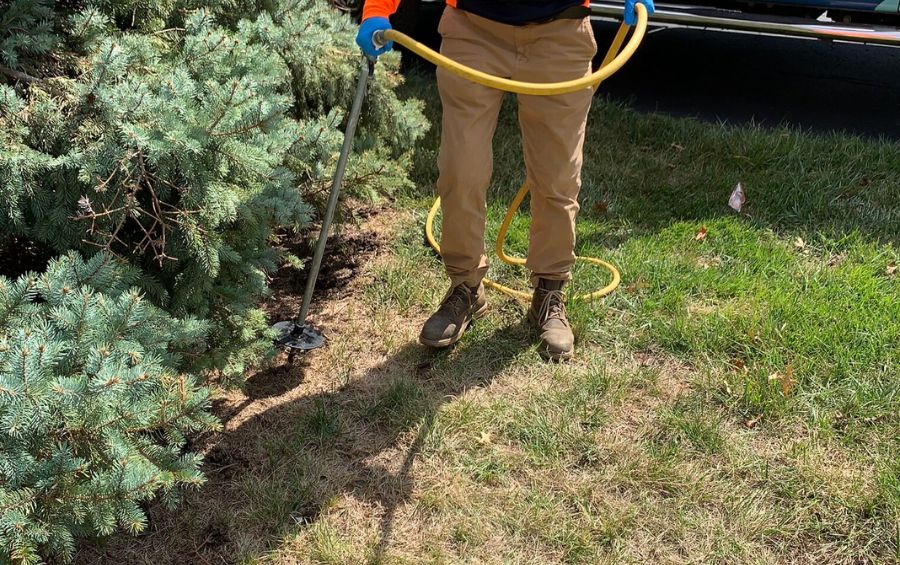
Unleash Your Green Dreams with Arbor Masters
Evergreen trees do more than stay green all year. If you’re considering which evergreen would be perfect for your space and style, there are many factors to consider, like the weather, sunlight, space and the amount of care they need.
Arbor Masters is here to make your evergreen dreams come true. We take pride in being there when you need us – From pruning to overall plant health such as pest and disease management, fertilization and beyond – our certified arborists handle it all. Reach out today to discover how we can help your trees thrive.
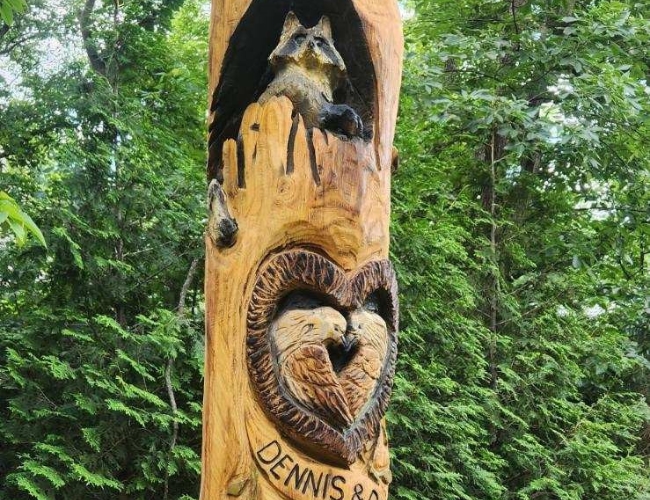
Want More Like This?
Get the latest local news, tree care tips, special offers, and company updates directly to your inbox! It's easy to subscribe and there's no spam - we promise.
"*" indicates required fields

